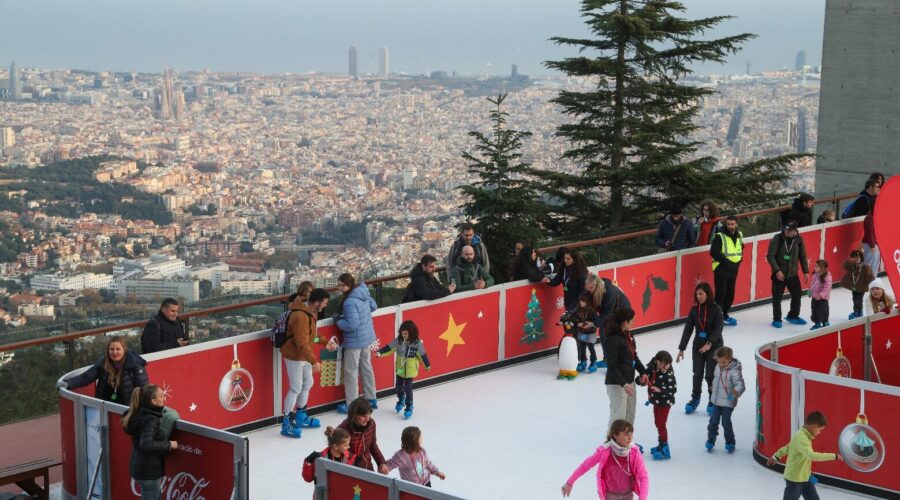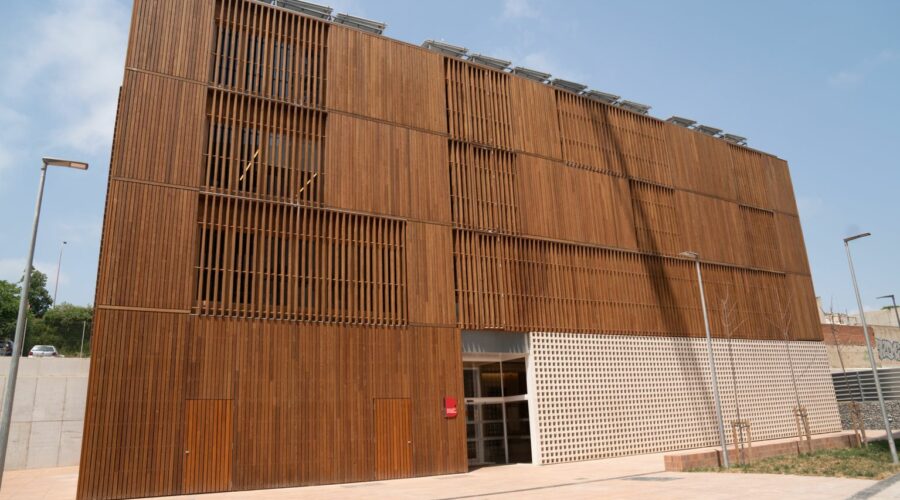
Despite the impressive figure, these new devices are not intended to impose fines; rather, they are presented as educational radars whose main purpose is to inform drivers about the speed at which they are driving.
While the number of radars may seem overwhelming, especially for a city already facing significant traffic challenges, the 28 new devices will not pose an additional threat in terms of penalties.
Rather, these radars are strategically located in the city center and are designed to be informative, displaying the current speed of the vehicle. They are, in essence, an awareness-raising measure.
The 28 new educational radars
Contrary to what might be thought, these pedagogical radars are proving to be effective as tools of persuasion. Drivers, aware of the presence of these devices, tend to moderate their speed, either for fear of being fined or simply as a precaution against the possibility of encountering a nearby mobile radar.
It is relevant to note that these psychological radars are being implemented in specific locations, with a particular focus on school zones.
The intention is clear: to reinforce safety around schools and ensure that drivers respect the speed limits, which are 50 km/h during school hours, with three of the radars setting an even lower limit of 30 km/h due to the peculiarities of the surrounding streets.
These radars have a simple function: to show the speed of the vehicle. In addition, they show a smiling face when the car or motorcycle is below the speed limit and a sad face when the speed limit is exceeded.
Barcelona is a leader in speed cameras and road safety initiatives
The installation of these 28 new radars is part of the Barcelona City Council’s initiatives to improve mobility in the city. In a broader context, the city has been implementing measures aimed at effectively managing traffic and improving road safety.
However, some of these measures, such as the recent ban on bicycles and scooters on sidewalks, have generated some controversy.
Barcelona leads on the road safety front, not only for having the largest number of radars, but also for seeking innovative approaches, such as pedagogical radars, to promote safer behavior on the roads.
The city faces unique challenges in terms of congestion and stress for drivers, and these initiatives seek to address these issues in a comprehensive manner. It is taking proactive steps to encourage safer driving, leveraging technology and strategies that go beyond simply imposing fines.



